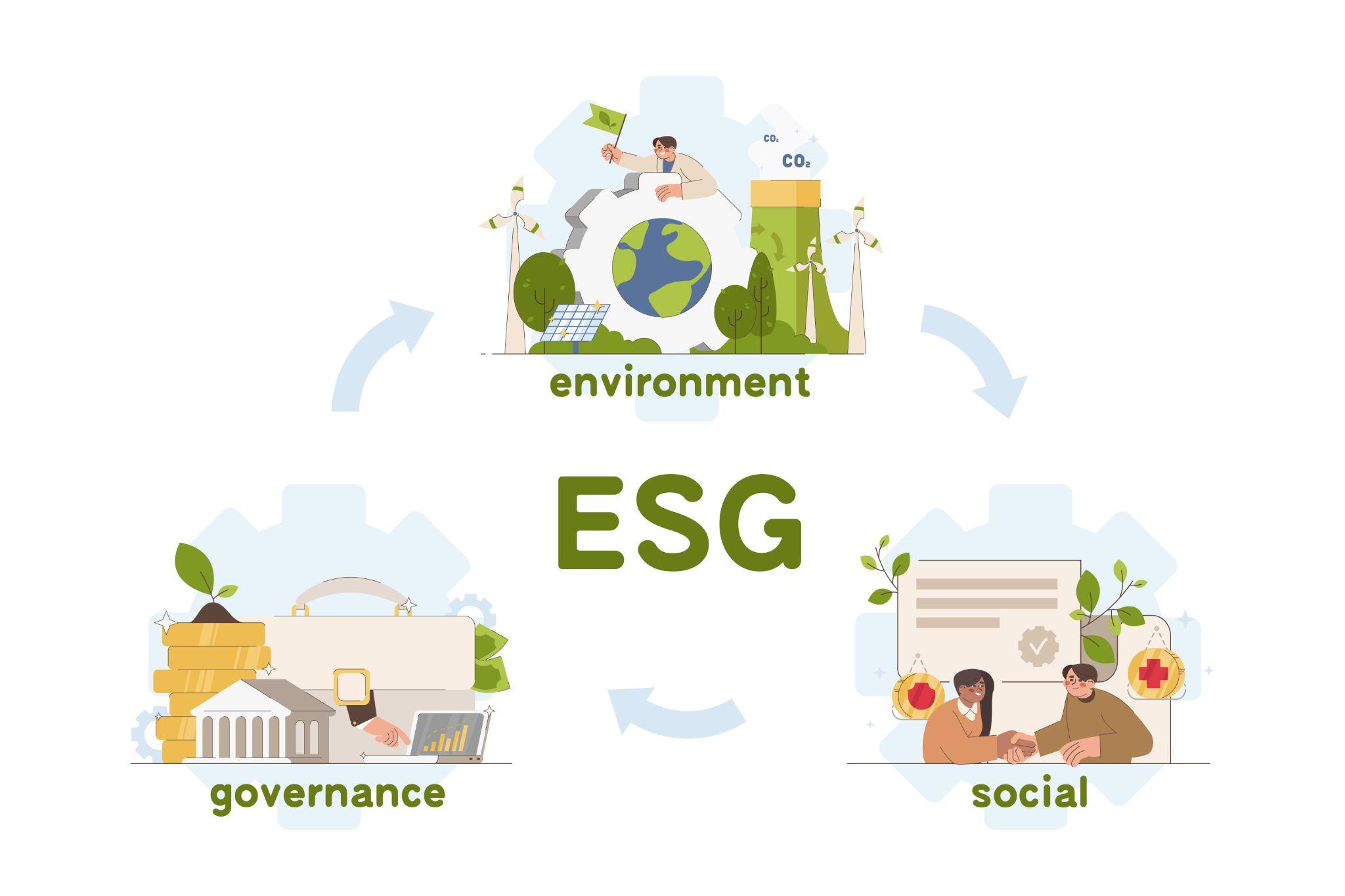ESG investing, or investing in companies that have strong environmental, social, and governance (ESG) practices, is becoming an increasingly popular trend in the financial market. As investors become more aware of the impact of their investments on society and the environment, they are looking for ways to align their values with their financial goals. The rise of ESG investing can be seen in the growing number of ESG-focused funds and the increasing number of companies disclosing their ESG performance. This trend is expected to continue as more investors, especially millennials, prioritize ESG factors in their investment decisions. The introduction of government policies and regulations promoting ESG investing is also contributing to its growth. This paper will examine the impact of ESG investing on financial markets, including the benefits and challenges of ESG investing, the role of regulations in promoting ESG practices, and the future of ESG investing.
The Benefits of ESG Investing
ESG (Environmental, Social, and Governance) investing has become increasingly popular in recent years as more investors look to align their values and beliefs with their investment portfolio. ESG investing can provide a range of benefits for both investors and the companies in which they are investing. Some of the key benefits include:
Long-term financial performance:
Companies that prioritize ESG issues may be better positioned for long-term success, as they are more likely to manage risks and capitalize on opportunities.
Risk mitigation:
By considering ESG factors, investors can identify and avoid companies with significant environmental and social risks, which can help to mitigate portfolio risk.

Positive social and environmental impact:
ESG investing can also contribute to positive social and environmental impact, as it can help to support companies that prioritize sustainable practices and responsible corporate governance.
Increased transparency and accountability:
ESG investing can also promote greater transparency and accountability among companies, as they are more likely to disclose information about their environmental and social performance.
Diversification:
companies with strong ESG can perform better than companies with weaker ESG, and when investing in a diversified portfolio of companies with strong ESG it can be a good way to reduce portfolio risk.
In summary, ESG investing can provide a range of benefits for investors, including long-term financial performance, risk mitigation, positive social and environmental impact, increased transparency and accountability, and diversification.
The Role of Regulations in ESG Investing
Regulations play an important role in shaping the landscape for ESG investing. They can help to create a level playing field for investors and companies, as well as provide clear guidelines for what is expected in terms of environmental and social performance.
One key way regulations can support ESG investing is through the creation of reporting and disclosure requirements. These regulations require companies to disclose information about their environmental and social performance, which can help investors to better understand a company's ESG risks and opportunities. This information can be used to make more informed investment decisions.
Another way regulations can support ESG investing is through the promotion of sustainable practices. For example, governments may set standards for emissions and energy efficiency, which can encourage companies to adopt more sustainable practices in order to meet these standards.
Additionally, regulations can also support ESG investing through governance requirements. Companies are required to comply with laws and regulations that protect shareholders and other stakeholders from fraud, manipulation, and other forms of corporate misconduct. This helps to promote responsible corporate governance and align the interests of companies with that of investors.
In summary, regulations play a critical role in shaping the landscape for ESG investing. They can help to create a level playing field for investors and companies, provide clear guidelines for environmental and social performance, promote sustainable practices, and support responsible corporate governance.
The Future of ESG Investing
The future of ESG investing looks bright, as more and more investors are recognizing the benefits of considering environmental, social, and governance factors when making investment decisions. As a result, the demand for ESG-related products and services is expected to continue to grow in the coming years.
One area where ESG investing is expected to grow is in the realm of sustainable finance. This includes a wide range of financial products and services that are designed to support sustainable development, such as green bonds, sustainable funds, and impact investing. As investors become more aware of the importance of sustainable finance and the role it can play in addressing global challenges such as climate change, the demand for these types of products and services is expected to increase.

Another area where ESG investing is expected to grow is in the use of technology. The use of technology is expected to improve the ability of investors to access and analyze ESG data, which will make it easier for them to identify and invest in companies that are making a positive impact on the environment and society.
In summary, the future of ESG investing looks bright as more and more investors are recognizing the benefits of considering environmental, social, and governance factors when making investment decisions, leading to an increase in the demand for ESG-related products and services. The use of technology is expected to improve the ability of investors to access and analyze ESG data, which will make it easier for them to identify and invest in companies that are making a positive impact on the environment and society.
Conclusion
In conclusion, ESG investing is the practice of considering environmental, social, and governance factors when making investment decisions. It is becoming increasingly popular as it allows investors to align their values and beliefs with their investment portfolio. The benefits of ESG investing include long-term financial performance, risk mitigation, positive social and environmental impact, and increased transparency and accountability. Regulations play an important role in shaping the landscape for ESG investing by creating reporting and disclosure requirements, promoting sustainable practices, and supporting responsible corporate governance. The future of ESG investing looks bright as more and more investors are recognizing the benefits of this approach and the demand for ESG-related products and services is expected to continue to grow.

